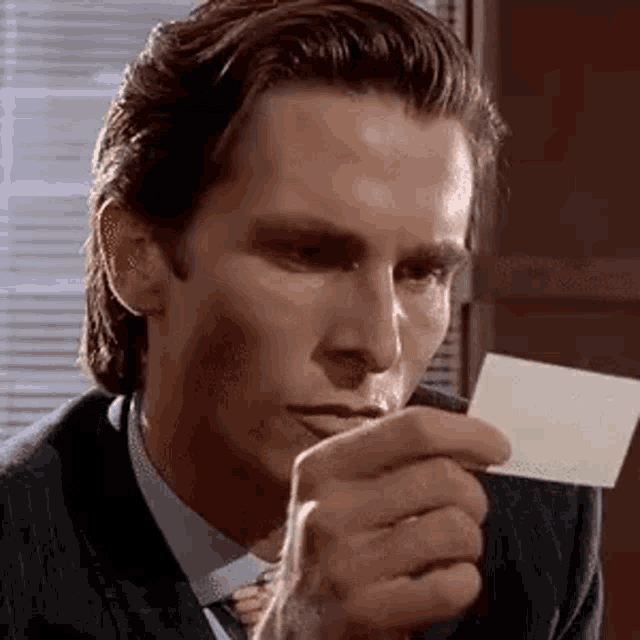If you do any kind of client work, you’re probably familiar with the dreaded client fail. We all fail. It sucks. But there are different types of fails, and some are worse than others. I sort these fails into three types.
Type 1 fail: You did a bad job, and the client is unhappy. The most obvious fail.

Who knows why, but you didn’t nail it, and the client’s mad. The best advice I ever got here was “bad news doesn’t get better with age.” You have to quickly own it, and get to a place where you can be constructive and find a fix.

Type 2 fail: You DID nail it, and the client’s still mad. This is the kind of fail lots of people talk about, especially juniors (with juniors it's common to think they nailed it, even if they didn't). I was like this when I was a young designer, and I had to really learn how to be self-critical and pivot hard in the moment to see what I missed. If you did ACTUALLY nail it, it’s worth thinking about how you support your ideas. Not just to sell, but in order to truly validate your thinking or inspire a conservative client to take the leap with you. Because sometimes it's not about the work itself. In fact, on the biggest projects, it's more about the supporting logic of why this decision makes sense and why clients should go for it. I like telling our clients that we might scare you with some of our ideas, but that’s what growth looks like. Big risks pay bigger returns.

Ok, this is the worst one: Type 3 fail. You messed it all up. The work is bad. Maybe you rushed it, or tried something new and it didn’t work, or a less-experienced team took a risk they shouldn’t have. But instead of being mad, the client LOVES it. This is the hardest fail; it doesn’t hit your standard, yet the client embraces it. In this situation, you have to be really delicate. Try to build on the momentum and the good feelings, but get the work back on track. Sometimes this can be an educational moment, where you can try to explain why it doesn't hit your bar in certain ways.

Breaking these fails down into categories really helps us, as leaders of a design studio, figure out where we went wrong, where we need to spend our time fixing it, and where we need to invest our effort to be more influential and to have and successfully pitch better ideas for our clients.




